China : Unmatched Production and Demand Growth
China holds a commanding 40.0% share of the APAC aluminum market, valued at approximately $XX billion. Key growth drivers include rapid industrialization, urbanization, and government initiatives promoting green technologies. Demand trends show a significant rise in automotive and construction sectors, supported by favorable regulatory policies aimed at reducing carbon emissions. Infrastructure development, particularly in transportation and energy, further fuels consumption patterns.
India : Strong Growth in Manufacturing Sector
India accounts for 15.0% of the APAC aluminum market, with a value of around $XX billion. The growth is propelled by the Make in India initiative, which encourages local manufacturing and infrastructure projects. Demand is surging in sectors like automotive, packaging, and construction, with government policies favoring sustainable practices. The increasing focus on renewable energy sources also boosts aluminum consumption.
Japan : High-Quality Production Standards
Japan holds a 10.0% share of the APAC aluminum market, valued at approximately $XX billion. The market is driven by advanced technology and high-quality production standards, particularly in the automotive and electronics sectors. Demand trends indicate a shift towards lightweight materials for fuel efficiency. Regulatory policies emphasize recycling and sustainability, aligning with global environmental goals.
South Korea : Focus on High-Tech Applications
South Korea represents 8.0% of the APAC aluminum market, valued at around $XX billion. The growth is fueled by the country's focus on high-tech applications, particularly in electronics and automotive industries. Demand is increasing for lightweight and durable materials, supported by government initiatives promoting innovation. The competitive landscape features major players investing in R&D to enhance product offerings.
Malaysia : Investment in Infrastructure Development
Malaysia captures 4.0% of the APAC aluminum market, valued at approximately $XX billion. The growth is driven by significant investments in infrastructure and industrial development, particularly in the construction sector. Demand trends show an increase in aluminum usage for packaging and automotive applications. Government policies support local production and sustainability initiatives, enhancing the business environment.
Thailand : Diverse Applications Driving Demand
Thailand holds a 3.0% share of the APAC aluminum market, valued at around $XX billion. The market is experiencing growth due to diverse applications in automotive, construction, and packaging sectors. Demand is supported by government initiatives aimed at boosting local manufacturing and exports. The competitive landscape includes both local and international players, fostering a dynamic business environment.
Indonesia : Focus on Sustainable Practices
Indonesia accounts for 2.0% of the APAC aluminum market, valued at approximately $XX billion. The growth is driven by increasing demand in construction and automotive sectors, supported by government policies promoting sustainable practices. Infrastructure development is a key focus area, enhancing market potential. The competitive landscape features both domestic and international players, contributing to a vibrant market.
Rest of APAC : Varied Growth Across Sub-Regions
The Rest of APAC captures 4.96% of the aluminum market, valued at around $XX billion. Growth is driven by diverse applications across various industries, including construction, automotive, and packaging. Demand trends vary significantly by country, influenced by local regulations and market conditions. The competitive landscape includes a mix of local and international players, each adapting to regional dynamics.
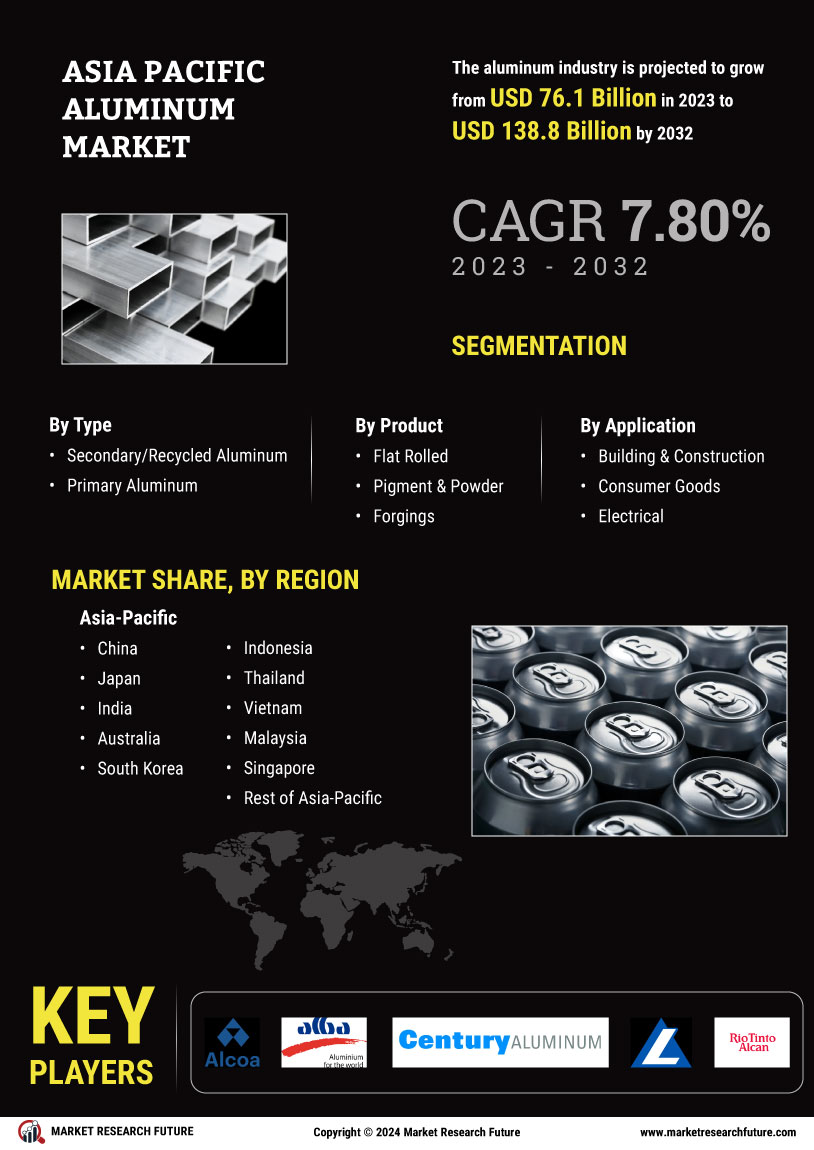

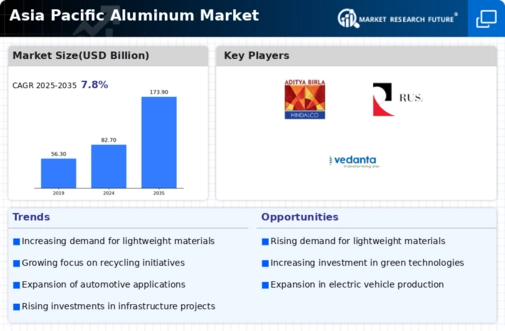
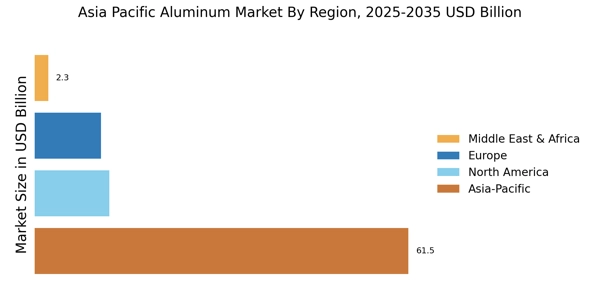

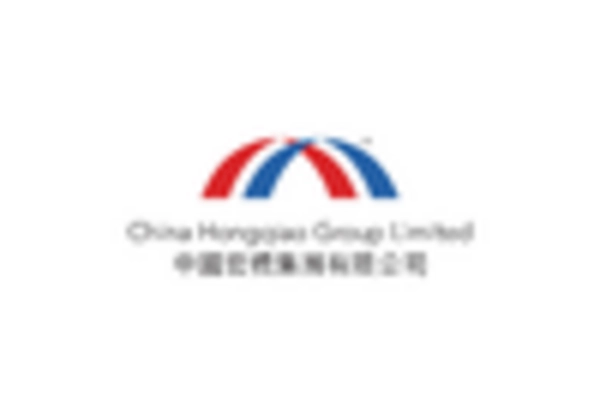

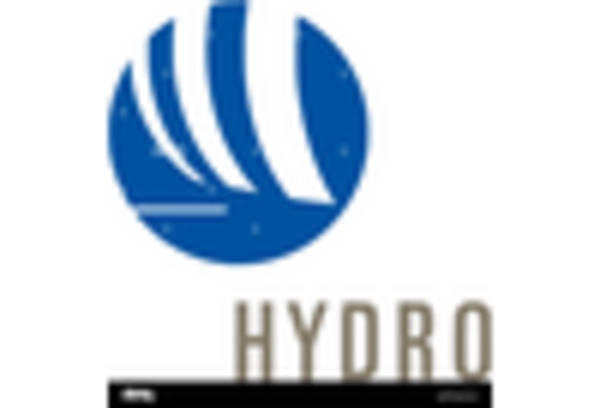
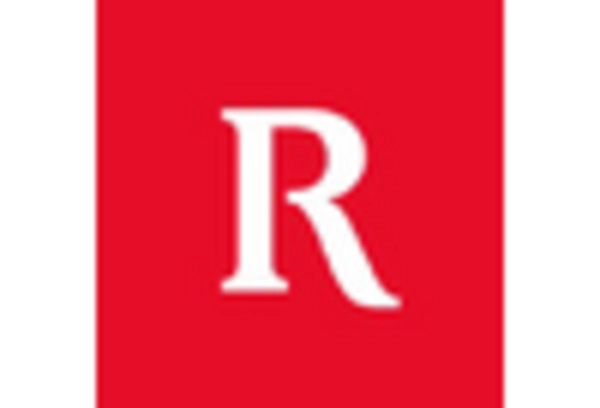
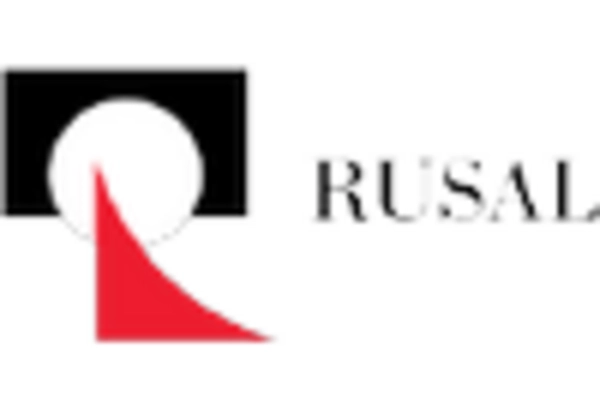








Leave a Comment